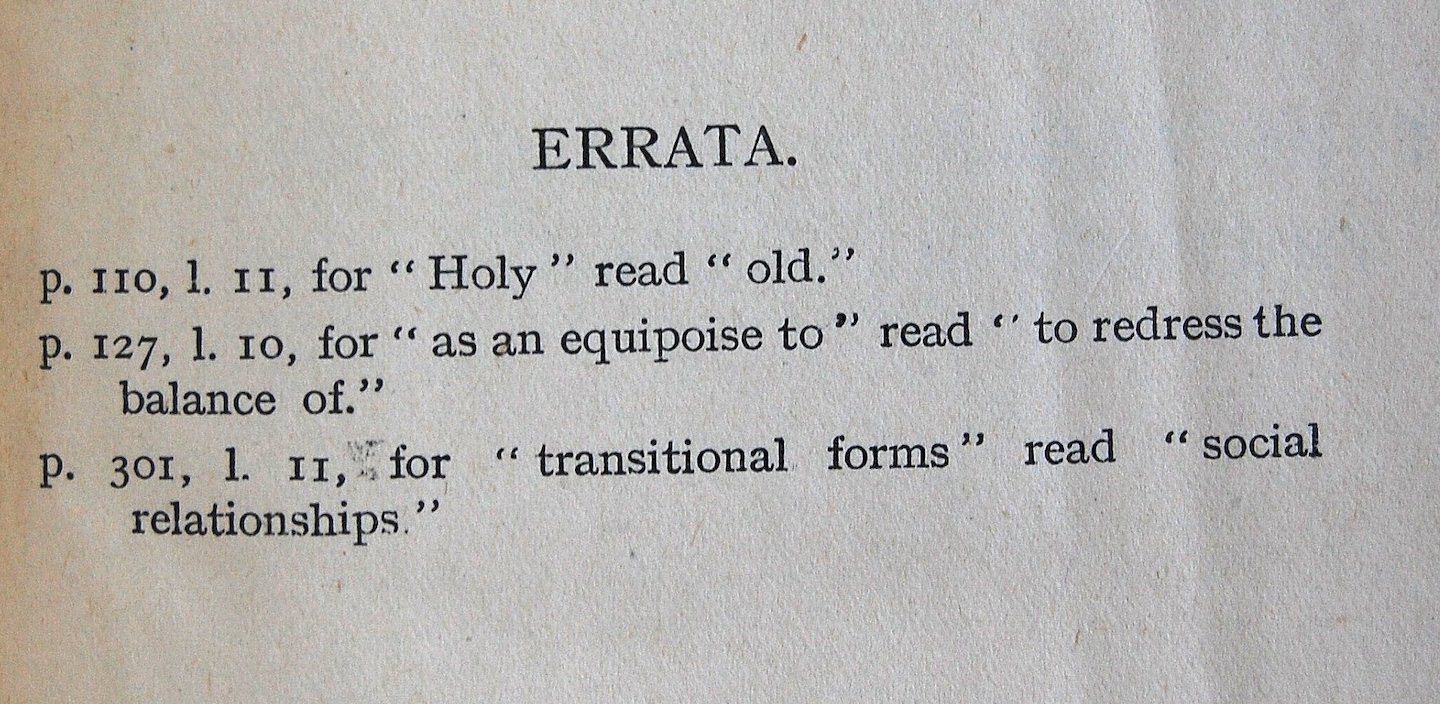How to handle errors published on a website? I’d never thought about it until 1995, when an evident error caught my eye, while reading The Daily Planet, then still King in the Land of the Blind Men, those who’d not seen the Internet light yet.
I mailed the webmaster, listening to the remarkable name of Francisco van Jole, and I remember I was very surprised when a reply arrived in the very same minute I’d send my remarks. Not only the webmaster, but even the man really existed, in that tenderly awakening digital world!
In Dutch at @ DutchCowboys
His answer learned me something about the Internet. “Thank you very much”, Francisco wrote, “But I’m not going to change it, because that would mean I’m forging history. I’ll add a note to the article, and I’ll be back on it in the next newsletter.
Eleven years on, while couple books have passed about net- and email-etiquette, at the Internet desk of our newspaper website we’re still waiting for rules or regulation regarding website errata. What to do when errors are published?
A level up, where rules nor regulation are not made yet, the official advise is to handle practical, with some pragmatism. Translated into daily practising that means: do as you like, until we decide different.
Which means that every once in a while, an article disliked by someone somewhere, for whatever reason, is changed, edited, or simply killed. Even worse: on a number of occasions I’ve received the marching order from the brass to purge an article from our online archives.
Disregarding the fact that I’d understood the arguments, in all cases I stood my ground – in all cases in vain – , pointing out to Fransisco’s lesson: we’re forging history if we do so. Once published is published forever.
Apart from the ethical questions and answers, my point is the pointlessness of purging something published on the Internet. If it’s really something worth while, it has spread out over the web the moment it’s published. By means of theRSS feeds, the newsletters, the caches of search engines, together forming an immediately starting, unbreakable chain.
Those who have blundered in a royal way are rewarded with screenshots on WebWereld, ReteCool or GeenStijl, and will see his errors again and again, also published on paper.
Don’t, is my advice, just add a footnote to the blunder, freshly published or archived, with explanation and humble apologizes. Fair, sportsmanlike, elegant, and no fussing with history.
Erratum #1: changed 19951 in 1995 after a comment from Pieter. Gracias.
How to handle Internet Errata?


